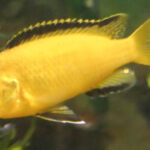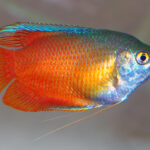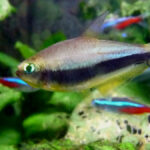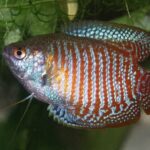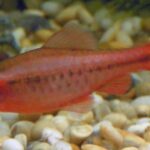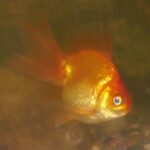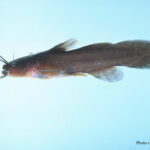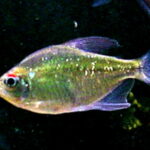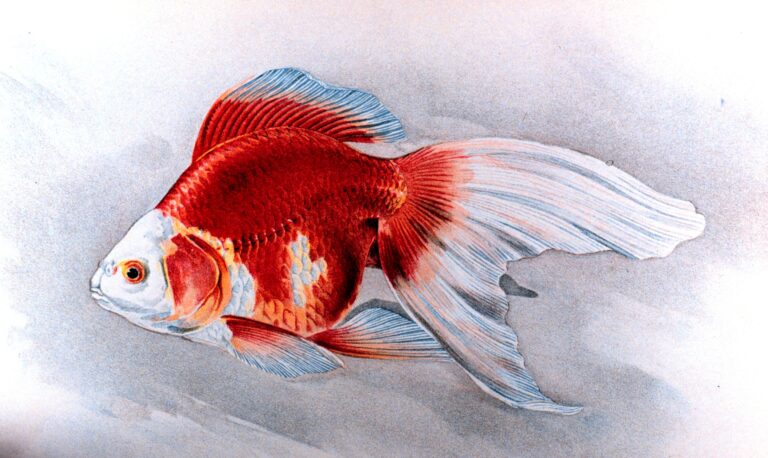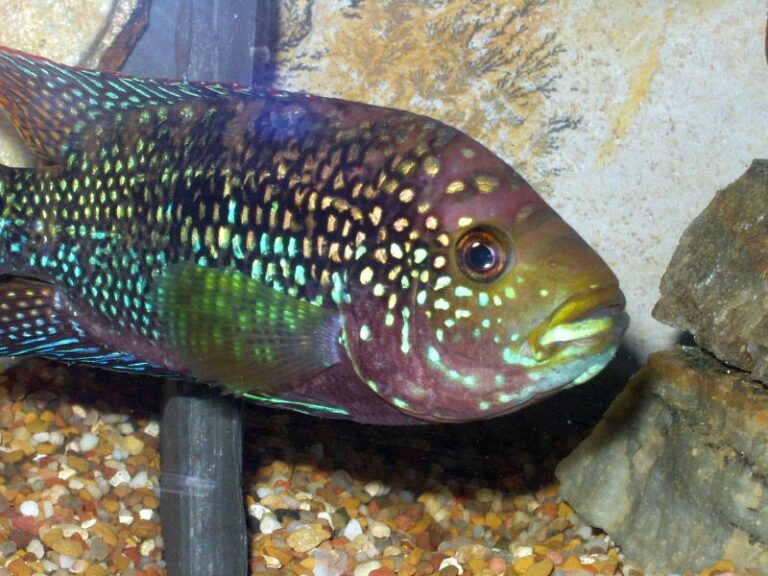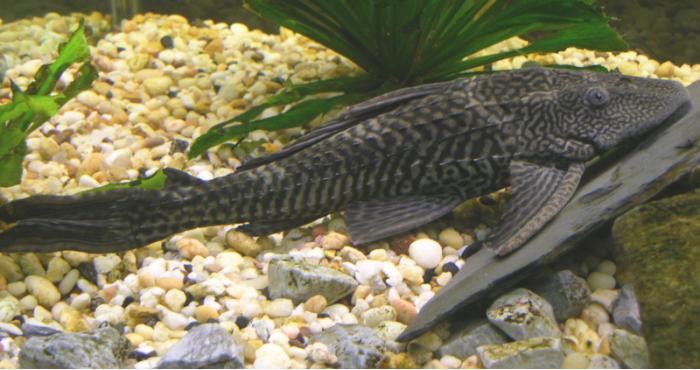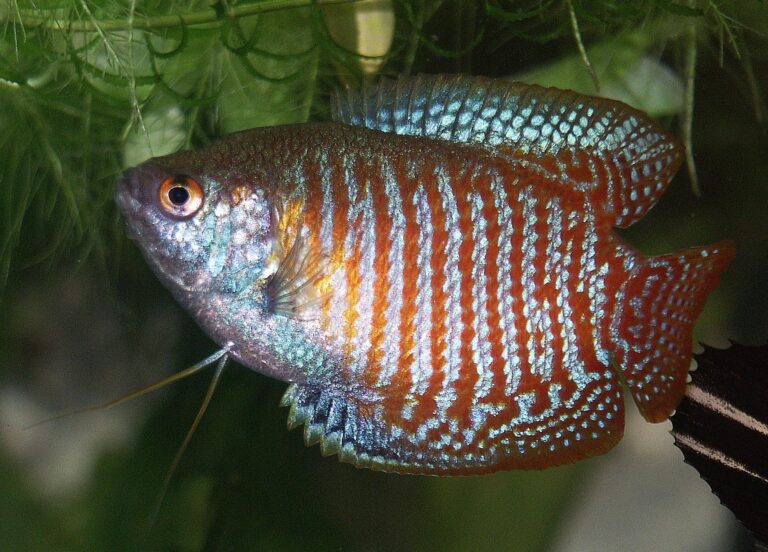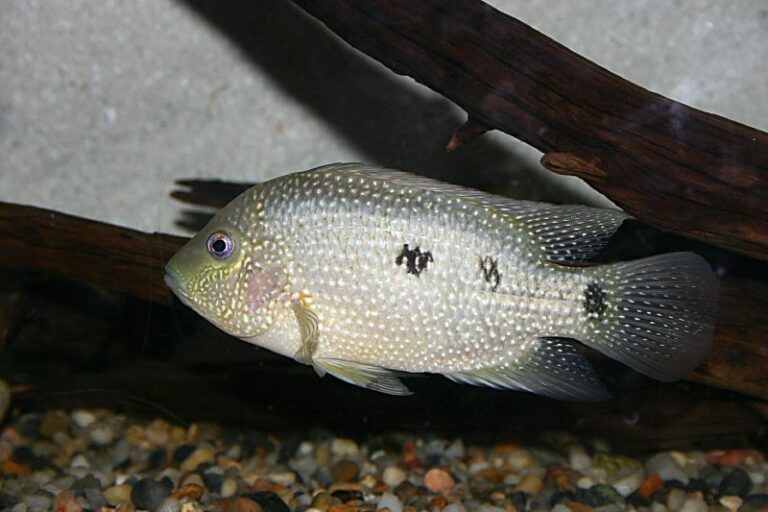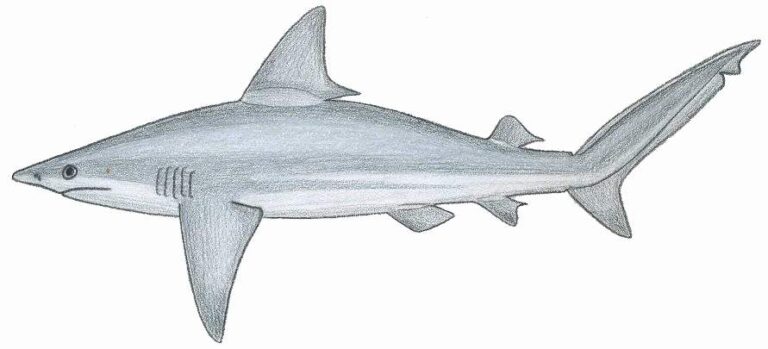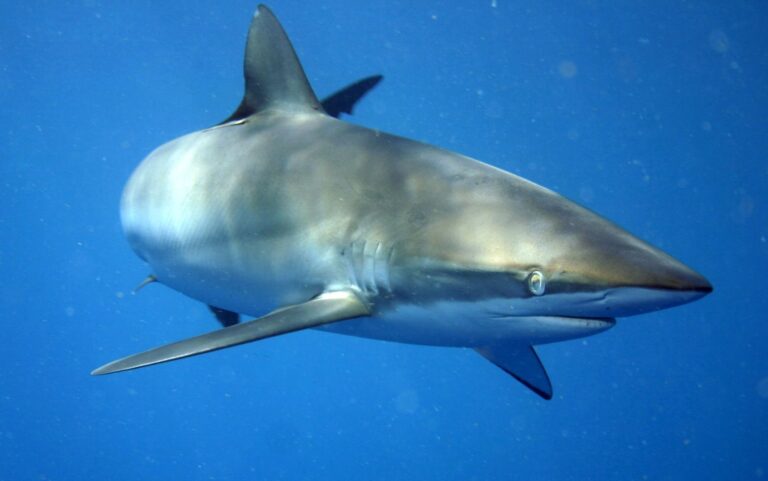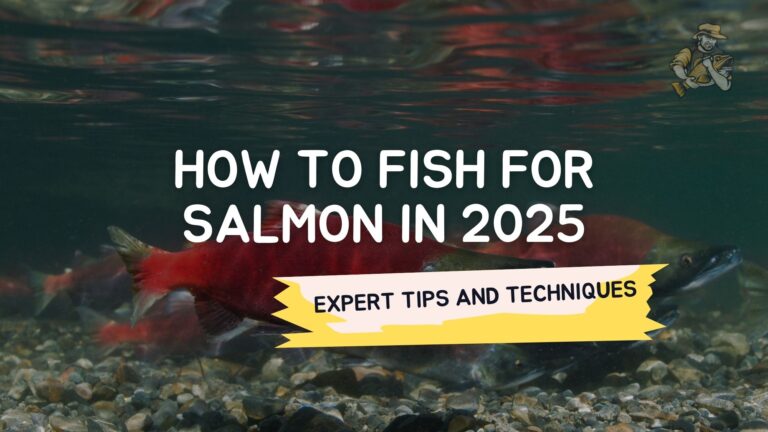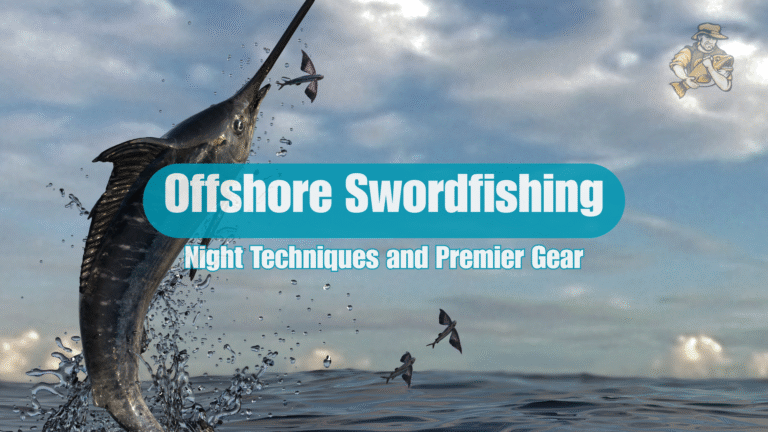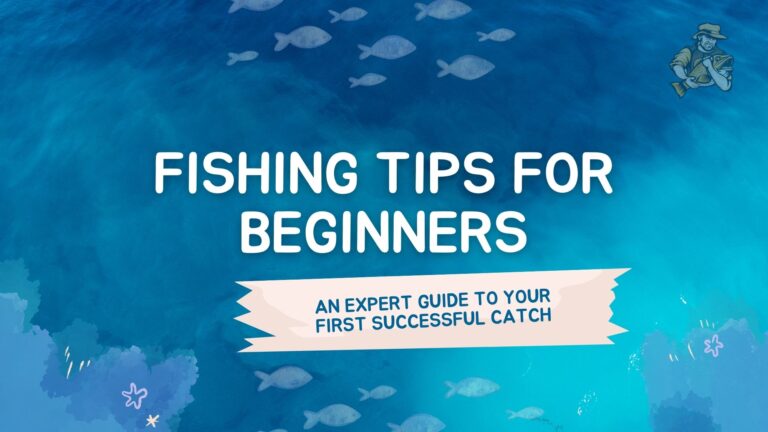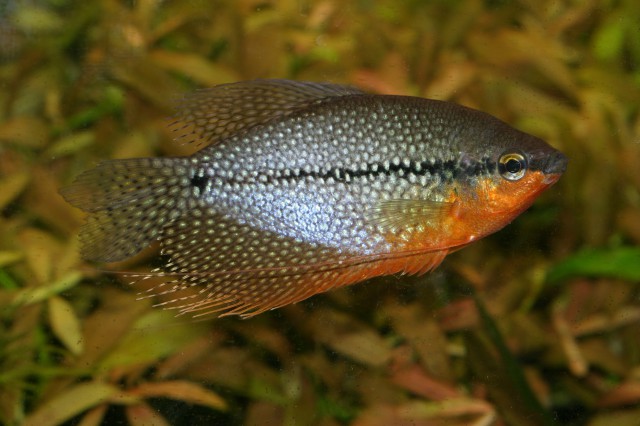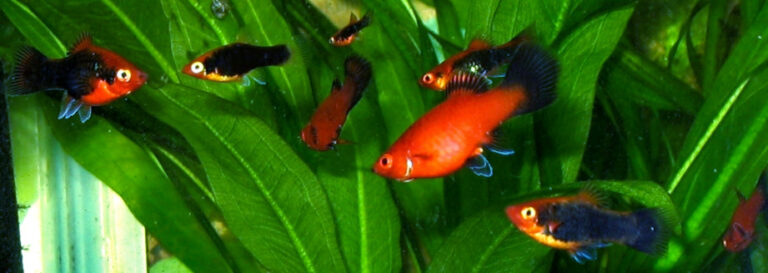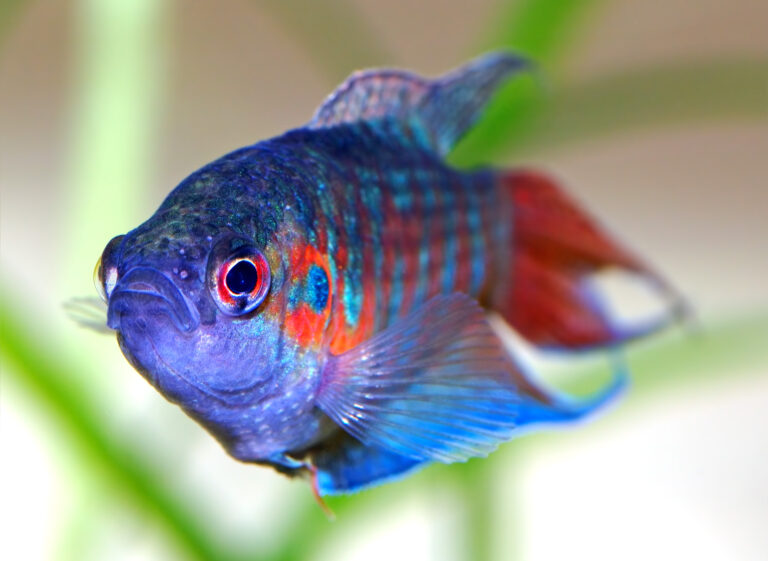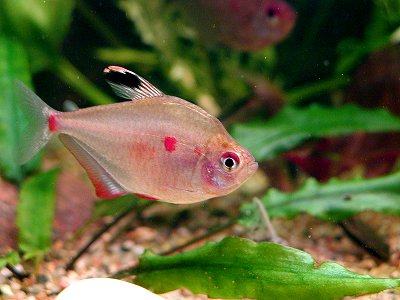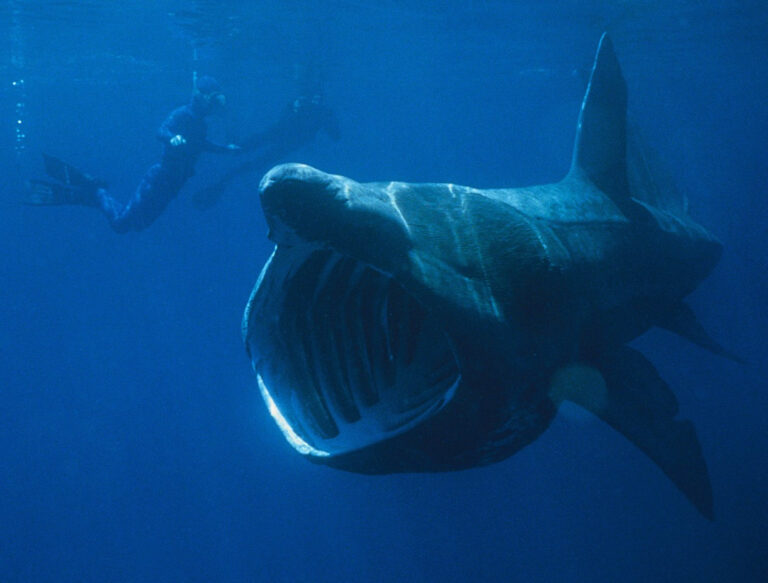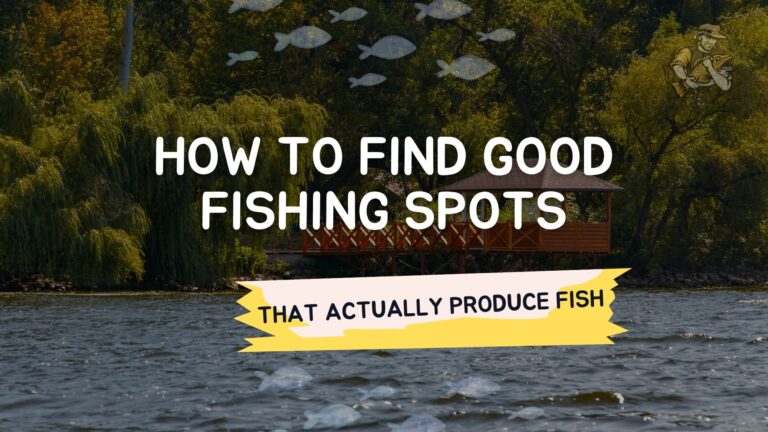Princess Parrotfish: 7 Surprising Facts About These Colorful Reef Guardians
By Adam Hawthorne | Last Modified: May 2, 2025
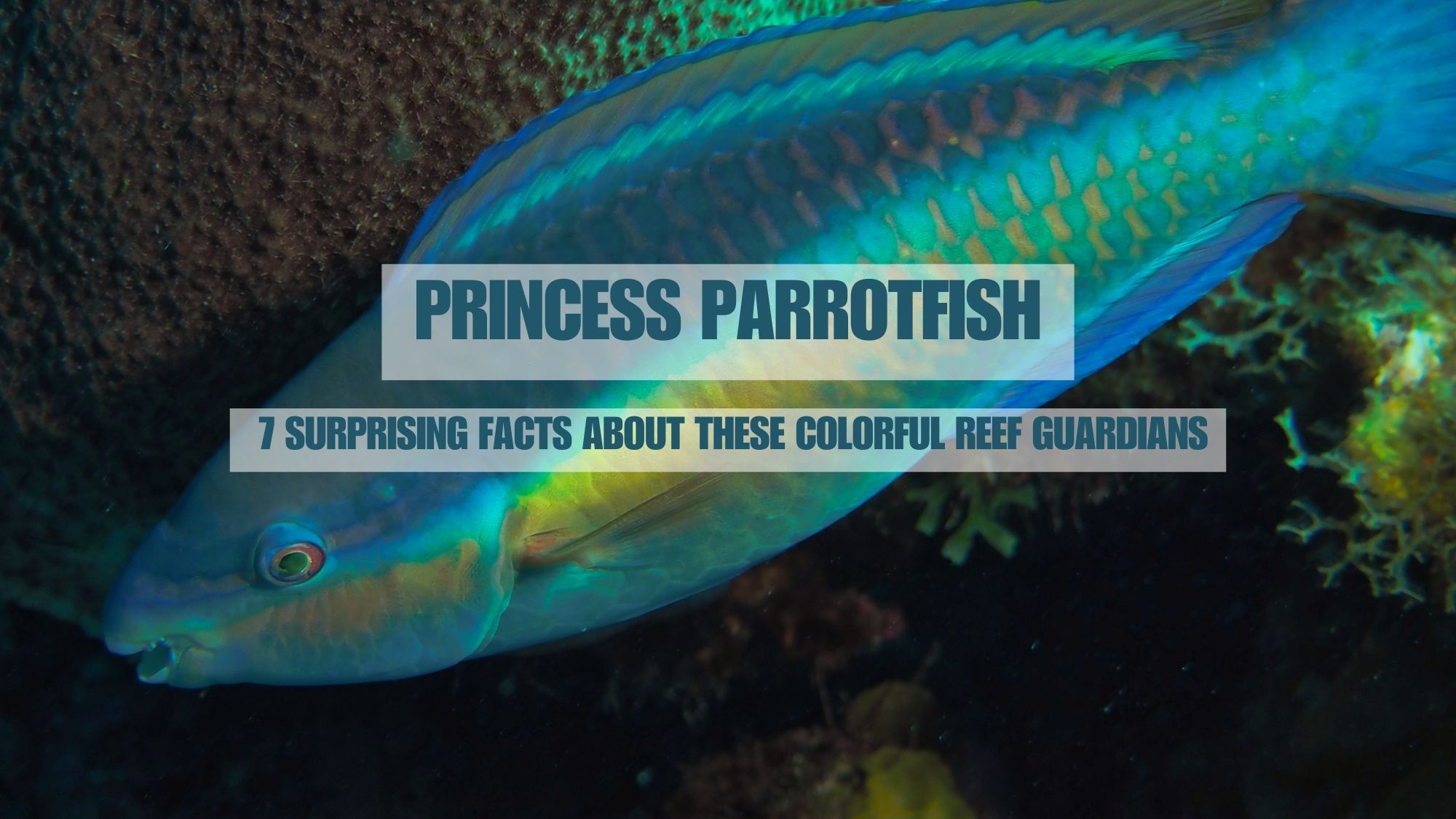
When it comes to the underwater world, few fish capture my imagination quite like the princess parrotfish. The first time I encountered one was during a snorkeling trip near Key West with my son Tommy. I remember him tugging frantically at my arm and pointing through his foggy mask at what looked like a swimming rainbow. That vibrant fish – munching away at the coral with what appeared to be a permanent smile – sparked a fascination that’s lasted for years.
I’m not a marine biologist by any stretch, but after dozens of diving and snorkeling trips through the Caribbean and Florida waters, I’ve developed a deep appreciation for these remarkable creatures. They’re not typically targeted by anglers (for good reason, as I’ll explain), but understanding parrotfish is crucial for anyone who cares about reef ecosystems – which should include every responsible angler.
Let’s dive into some truly fascinating aspects of the princess parrotfish that might surprise even experienced ocean enthusiasts.
1. The Princess Parrotfish Creates Actual Sand (Yes, Really)
Most people think sand just… exists. But one of the most mind-blowing things I’ve learned about princess parrotfish is that they’re sand-making machines. Here’s how it works: as they scrape algae off coral with their beak-like mouths, they inevitably consume bits of the coral’s calcium carbonate skeleton.
After digestion, they excrete this material as fine white sand. And we’re not talking about a negligible amount either. A single princess parrotfish can produce hundreds of pounds of sand each year – somewhere around 800-1000 pounds according to my diving instructor in Cozumel, though I’ve read different figures from different sources.
The next time you’re wiggling your toes in pristine white Caribbean beach sand, remember that a significant portion of it likely passed through a parrotfish first. Kind of changes your perspective on those picture-perfect beaches, doesn’t it?
2. They Change Sex Throughout Their Lives (Sometimes Multiple Times)
The reproductive life of a princess parrotfish makes for fascinating, if complicated, dinner conversation. Most princess parrotfish are born female, but here’s where it gets interesting – they can change to male later in life. This isn’t some rare occurrence; it’s their normal life cycle.
Some mornings while fishing the reefs off Marathon Key, I’d spot schools of princess parrotfish with one larger, more vibrantly colored individual leading several smaller ones. My fishing buddy Dave, who’s been guiding the flats for 23 years, explained that this was typically a male (formerly female) with his harem.
What triggers this transformation? Usually the death of the dominant male in their social group. When that happens, the largest female will undergo a complete physiological transformation into a fully functioning male, sometimes in as little as a week. Nature finds a way, as they say.
The process isn’t just cosmetic either – they undergo complete biological changes in their reproductive organs. Some species of parrotfish can even change back again under certain circumstances, though I haven’t found reliable information about whether the princess parrotfish specifically can reverse course.
If only my fishing gear could transform itself as efficiently when I need it to. Still waiting for my budget rod to turn into a G. Loomis when I hook something big.
3. They’re Named After Their Beak-Like Mouths (Not Actual Royalty)
The “princess” part of their name might suggest some sort of regal status, but it’s actually their mouth structure that earned parrotfish their name. Their teeth fuse together to form a beak-like structure remarkably similar to a parrot’s bill.
This anatomical feature isn’t just for show – it’s a specialized tool that allows them to scrape algae from hard coral surfaces and bite off pieces of coral. I’ve spent hours floating motionless in the water, watching these fish work methodically across reef sections. The crunching sound they make while feeding is surprisingly loud – like someone chewing ice cubes with their mouth open.
Their specialized dental structure doesn’t stop with the external beak. Inside their throats, they have a second set of teeth called pharyngeal teeth that grind up the coral material after it’s been bitten off. It’s like having a built-in mortar and pestle.
I once tried to explain this to Emma, my 6-year-old daughter, by comparing it to having a second mouth in your throat. This led to a week of nightmares and my wife Lisa (who teaches high school science) giving me a lengthy lecture about age-appropriate explanations. Lesson learned.
4. They Have a Weird Sleeping Habit That’s Surprisingly Smart
During a night dive off Islamorada (something I’d recommend trying at least once, though it took me three rum punches to work up the courage), our guide pointed out something strange – a parrotfish wrapped in what looked like a transparent sleeping bag. This wasn’t trash or marine debris; it was a mucus cocoon the fish had secreted around itself.
Each night, many parrotfish species – including the princess parrotfish – secrete this protective mucus bubble that envelops their entire body. This bizarre habit serves several critical purposes:
First, it masks their scent from predators like sharks and moray eels that hunt primarily by smell. Second, it serves as an early warning system – if something bumps the cocoon, the fish wakes up immediately.
Creating this mucus bubble takes about 30 minutes and uses a significant amount of energy, so it’s not something they do without good reason. The fact that they’ve evolved this elaborate protection system tells you a lot about the pressures they face in the reef environment.
I tried explaining to my wife that my snoring is actually just me creating a protective sound barrier, but strangely, she didn’t buy it.
5. Their Color Variations Are More Complicated Than You’d Think
I’ve often pointed out princess parrotfish to fellow snorkelers only to be met with confusion. “That doesn’t look like the one we saw yesterday,” they’d say. They’re right – and wrong.
Princess parrotfish undergo dramatic color changes throughout their lives. Juveniles, initial phase adults (mostly females), and terminal phase adults (mostly males) all look shockingly different. You could swim past the same species at different life stages and reasonably assume they were entirely different fish.
Typically, juvenile princess parrotfish have a base color of brown or gray with light markings. Initial phase adults (primarily females) display a reddish-brown color with a yellow-orange belly and a dark spot near the gill cover. Terminal phase males are the showstoppers, with vibrant blue-green bodies, pink-purple highlights, and that distinctive “beak” often in bright yellow.
I learned this the hard way after confidently misidentifying parrotfish to my brother James during a Keys trip in 2019. He’s a marine biology enthusiast and spent the rest of the vacation “helpfully” quizzing me on fish species. Nothing like a little brotherly humiliation to cement knowledge in your brain.
6. They’re Critical to Coral Reef Health (But in a Surprising Way)
During a fishing trip to the Bahamas last spring, I noticed signs at several marinas urging anglers not to target parrotfish. This might seem odd – why protect a fish that literally eats coral? Doesn’t that damage the reef?
Counterintuitively, parrotfish are absolutely essential to reef health. By scraping algae off coral surfaces, they prevent algal overgrowth that would otherwise smother and kill coral polyps. It’s a classic example of how nature exists in careful balance.
One particularly memorable morning, I watched a school of princess parrotfish work methodically across a section of reef off Andros Island. Behind them, the coral was noticeably cleaner and more vibrant. It was like watching nature’s most beautiful cleaning crew.
A Florida conservation officer once told me that healthy reefs typically have abundant parrotfish populations, and declining parrotfish numbers often precede reef degradation. Overfishing of parrotfish has contributed to algal overgrowth and coral death in many reef systems worldwide. Several Caribbean nations have enacted parrotfish protection legislation in recent years for exactly this reason.
Some studies suggest that the grazing activity of parrotfish may become even more critical as ocean temperatures rise and coral faces increasing stress from bleaching events. These fish might be one of our best allies in preserving reef ecosystems through climate change.
So while they’re not typically a target species for anglers (their flesh can carry ciguatera toxin in some regions), protecting them benefits every fish species that depends on healthy coral habitat – including many popular sportfish.
7. Their Nighttime Color Changes Reveal The Ocean’s Hidden Light Show
The ocean at night is a completely different world, something I discovered during that same night dive off Islamorada. One of the most fascinating observations was how the princess parrotfish’s colors appeared to dim as they prepared for sleep.
This isn’t just a random quirk – it’s an adaptation tied to the physics of light underwater. During the day, their vibrant colors serve various purposes: species identification, sexual selection, and territorial signaling. But those bright colors are actually dangerous at night when they should be trying to blend in.
What’s particularly interesting is how different their colors can look depending on the depth. Water filters out light wavelengths differentially – red light disappears first as you go deeper, then orange, then yellow, and so on. This means a princess parrotfish that looks predominantly blue-green at 30 feet might appear more uniformly blue at 60 feet.
I noticed this effect dramatically when diving the wall at Palancar Reef near Cozumel. The same species of parrotfish seemed to shift colors before my eyes as they swam up and down the reef wall. The first time I saw this, I thought I was experiencing nitrogen narcosis (essentially getting loopy from the diving gases at depth). Turns out it was just physics.
This color-shifting property makes underwater photography particularly challenging. I’ve taken hundreds of parrotfish photos over the years, and they never look quite the same on my camera as they did to my eyes underwater. The vibrant pinks and yellows often appear muted or completely different unless you’re using specialized lighting equipment.
I’ve found that the best way to photograph princess parrotfish is during the early morning when they’re actively feeding in shallow water with good light. They’re so focused on their breakfast that they’ll often let you get surprisingly close. Just don’t use a flash – nothing ruins a good fish photo faster than that deer-in-headlights reflection from their eyes.
Why Anglers Should Care About Princess Parrotfish
Now, you might be wondering why I’m writing about a fish that most anglers don’t target. The answer is simple: ecosystem connections.
If you’ve ever caught a beautiful reef fish or offshore predator in the Caribbean or South Florida, you’ve benefited from healthy coral reefs. And healthy coral reefs depend heavily on princess parrotfish and their relatives.
During a particularly slow fishing day near Marathon, my guide pointed to a section of dead, algae-covered coral and said, “That’s why the fishing isn’t what it used to be around here.” Declining parrotfish populations had allowed algae to overrun parts of the reef, reducing habitat quality for gamefish.
The ocean isn’t a collection of isolated species – it’s an interconnected web where the health of one population affects countless others. Understanding these connections makes us better anglers and better stewards of the resources we enjoy.
I’ve come to appreciate that sometimes the most important fish in an ecosystem isn’t the one at the end of your line, but the one maintaining the habitat that allows your target species to thrive.
Parrotfish Conservation: What You Can Do
If you’re fishing in areas where princess parrotfish and other parrotfish species live, here are some simple ways to help ensure they continue their critical ecosystem role:
- If you accidentally catch a parrotfish, handle it minimally and release it quickly
- Support marine protected areas that allow fish populations to recover
- Choose sustainable seafood options and avoid establishments that serve parrotfish
- Use reef-safe sunscreen when swimming, snorkeling or diving near coral reefs
- When boating, use mooring buoys rather than anchoring directly on reefs
- Report parrotfish harvesting to local authorities in areas where they’re protected
The health of our oceans depends on maintaining these crucial ecological relationships. Sometimes the most brilliant colored fish swimming past your boat might not be the one you should cast at, but rather the one you should thank for creating the habitat that brings all the other fish there in the first place.
FAQs About Princess Parrotfish
Are princess parrotfish good to eat?
While parrotfish are consumed in some cultures, I strongly recommend against eating them. Besides their critical ecological role, many parrotfish can carry ciguatera toxin in their flesh depending on their habitat. This toxin causes food poisoning that ranges from uncomfortable to dangerous. Additionally, their feeding habits don’t lend themselves to particularly appetizing flesh. There are far better tasting fish that don’t play such a vital ecological role.
How can I identify a princess parrotfish while snorkeling?
Princess parrotfish (Scarus taeniopterus) in their terminal phase (usually males) have a predominantly blue-green body with pinkish-purple highlights, particularly around the head, and a yellowish “beak.” Initial phase fish (usually females) are reddish-brown with a yellowish belly and dark spot near the gill cover. Look for their distinctive beak-like mouth and the almost rectangular body shape. They’re commonly seen in shallow reef areas actively scraping at coral surfaces.
Why do some countries prohibit catching parrotfish?
Many Caribbean nations have implemented parrotfish fishing restrictions because of their essential role in maintaining coral reef health. By removing algae that would otherwise smother coral, parrotfish effectively protect the foundation of reef ecosystems. Declining parrotfish populations have been linked directly to reef degradation. Since healthy reefs support fishing tourism and provide coastal protection, preserving parrotfish makes environmental and economic sense.
Final Thoughts on Princess Parrotfish
The first time I saw a princess parrotfish, I was struck by its beauty. Years later, after learning about their ecological significance, I’m even more impressed by them.
These fish remind me that the ocean’s most valuable players aren’t always the biggest or most sought-after species. Sometimes it’s the humble background characters – the ones quietly doing maintenance work on the ecosystem – that matter most.
Every time I’m out on a reef now, whether I’m fishing for snapper or just enjoying the underwater scenery, I take a moment to appreciate the princesses of the reef going about their ancient work, one bite of coral at a time. They’re not just creating sand for our beaches; they’re maintaining the very foundation that makes our fishing adventures possible.
In my thirty-plus years of fishing, I’ve learned that understanding the whole ecosystem makes you not just a better angler, but a better steward of the waters we all love. And few creatures exemplify the interconnectedness of ocean life better than the princess parrotfish.
Share The Article:
More Fish Species:
-
Ryukin Goldfish
The Ryukin Goldfish (Carassius auratus) stands as one of the most distinctive and culturally significant ornamental fish varieties in…
-
Jack Dempsey Fish
The Jack Dempsey Fish stands as one of Central America’s most distinctive cichlid species, captivating aquarists and researchers alike…
-
Pleco
The **Pleco**, scientifically known as *Pterygoplichthys multiradiatus* (common pleco), represents one of the most recognizable and ecologically significant groups…
-
Gouramis
Gouramis represent one of the most fascinating and diverse groups of freshwater fish, belonging to the family Osphronemidae within…
-
Texas Cichlid
The Texas Cichlid (Herichthys cyanoguttatus) stands as one of North America’s most distinctive freshwater fish species, representing the sole…
-
Sandbar Shark
The Sandbar Shark (Carcharhinus plumbeus) stands as one of the most recognizable and ecologically significant members of the requiem…
Discover
-
Surfcasting Techniques: Master Beach Fishing and Catch More Fish
There’s something almost magical about standing at the edge of an ocean, rod in hand, as waves crash around…
-
Silky Shark
The Silky Shark represents one of the most widespread and ecologically significant requiem sharks in tropical and subtropical waters…
-
How to Fish for Salmon in 2025: Expert Tips and Techniques
Few fishing experiences match the thrill of feeling a salmon take your line. These powerful fish have captivated anglers…
-
Offshore Swordfish fishing: Night Techniques and Premier Gear
The first time I ventured into the darkness 30 miles offshore of Key West for swordfish, I was woefully…
-
Mastering Fishing Casting Techniques: Complete Guide
Have you ever watched someone cast their line with perfect precision while you struggle to avoid tangling yours in…
-
Fishing Tips for Beginners: An Expert Guide to Your First Successful Catch
Getting started with fishing can feel overwhelming. Trust me, I’ve been there – staring at walls of equipment, trying…
Discover
-
Pearl Gourami
The Pearl Gourami stands as one of the most recognizable and ecologically significant members of the labyrinth fish family,…
-
Tuxedo Platy
The Tuxedo Platy (Xiphophorus maculatus) stands as one of the most recognizable and beloved freshwater aquarium fish species, distinguished…
-
Paradise Fish
The Paradise Fish stands as one of the most remarkable representatives of the labyrinth fish family, captivating aquarists and…
-
Bleeding Heart Tetra
The Bleeding Heart Tetra represents one of the most distinctive and peaceful freshwater fish species in the aquarium trade,…
-
Basking Shark
The Basking Shark stands as one of the ocean’s most magnificent gentle giants, representing the second-largest fish species on…
-
How to Find Good Fishing Spots That Actually Produce Fish
Finding productive fishing spots is often what separates successful anglers from those who go home empty-handed. It’s not just…

